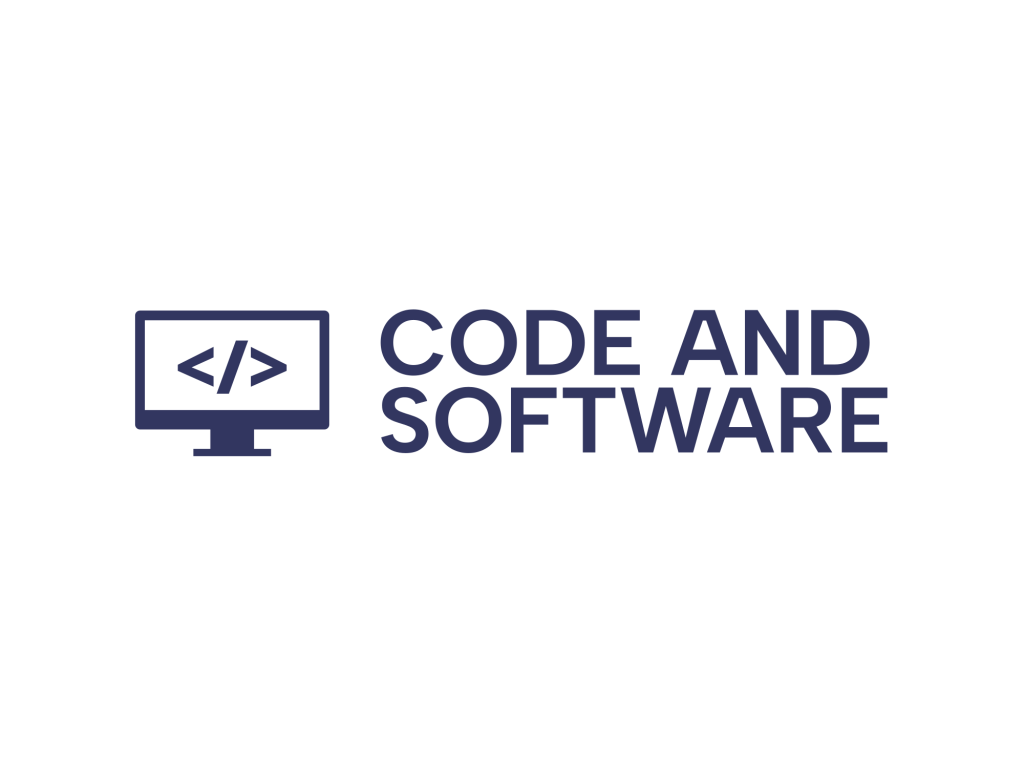Managing payments effectively is crucial for any business. One of the most time-consuming tasks for finance departments and small business owners alike is the creation and management of recurring invoices. Thanks to modern technology, however, businesses can now streamline their payment workflows with automated recurring invoices. This method ensures consistent cash flow, reduces human error, and saves time for both service providers and their clients.
Automated recurring invoices are ideal for companies that provide subscription-based services, monthly retainers, or any product that requires regular billing. With automation, businesses can set up the invoice once and let the system handle the rest—creating, sending, and even following up on payments.
Benefits of Automating Recurring Invoices
Shifting to an automated system offers a range of benefits:
- Consistency: Invoices are sent on time, every time, eliminating delays that could impact cash flow.
- Accuracy: Automated systems reduce the risk of human error in calculations or billing frequency.
- Time-saving: Manual invoicing is repetitive and tedious. Automation frees up valuable hours.
- Improved Client Relationships: Clients appreciate timely, consistent communication and billing.
- Better Cash Flow Management: Predictable invoice schedules allow for more accurate financial forecasting.

How It Works
Automating recurring invoices involves using billing software or accounting platforms that support this feature. Here’s a breakdown of the typical process:
- Set the Terms: Define the frequency, duration, and amount of the invoice.
- Client Details: Enter client information including billing address and contact info.
- Automation Setup: Choose start dates, recurrence pattern (weekly, monthly, etc.), and end date (if any).
- Integration: Link to payment gateways or banking systems for seamless processing.
- Notification: Customize messages and set reminders or confirmations for clients.
Once configured, the system generates and sends invoices without manual intervention. Some platforms even offer features like automated payment collection and synchronization with bookkeeping tools.
Choosing the Right Tool
There are several tools on the market designed for automating recurring invoices. When choosing one, consider the following factors:
- Ease of Use: The learning curve should be minimal, especially for smaller teams.
- Integration: Ensure compatibility with existing CRMs or accounting software.
- Customization: Look for branding options and the flexibility to tailor invoice templates.
- Scalability: Consider the ability to handle increased invoice volume as the business grows.
- Security: Make sure the platform uses encrypted data transfers and complies with industry regulations.

Final Thoughts
Implementing an automated recurring invoice system can significantly improve operational efficiency. It ensures that invoices go out on schedule, maintains professionalism, and fosters trust between businesses and their clients. For small and medium enterprises, it’s a step that offers tangible returns—more time for growth and less energy spent on redundant work.
Frequently Asked Questions (FAQ)
-
Q: What types of businesses benefit most from recurring invoicing?
A: Subscription-based businesses, consultants on retainer, utility providers, and gyms all benefit greatly from automated recurring billing. -
Q: Is automatic invoicing secure?
A: Yes, reputable software platforms use encryption and secure servers to protect sensitive financial data. -
Q: Can I still customize individual invoices?
A: Absolutely. Most automation systems allow for customization including notes, branding, and pricing per client. -
Q: What happens if a payment fails?
A: Most platforms offer automated retry logic and notification alerts to both business owners and clients. -
Q: Do these tools integrate with accounting software?
A: Yes, top-tier software options often integrate seamlessly with platforms like QuickBooks, Xero, and FreshBooks.


Leave a Reply